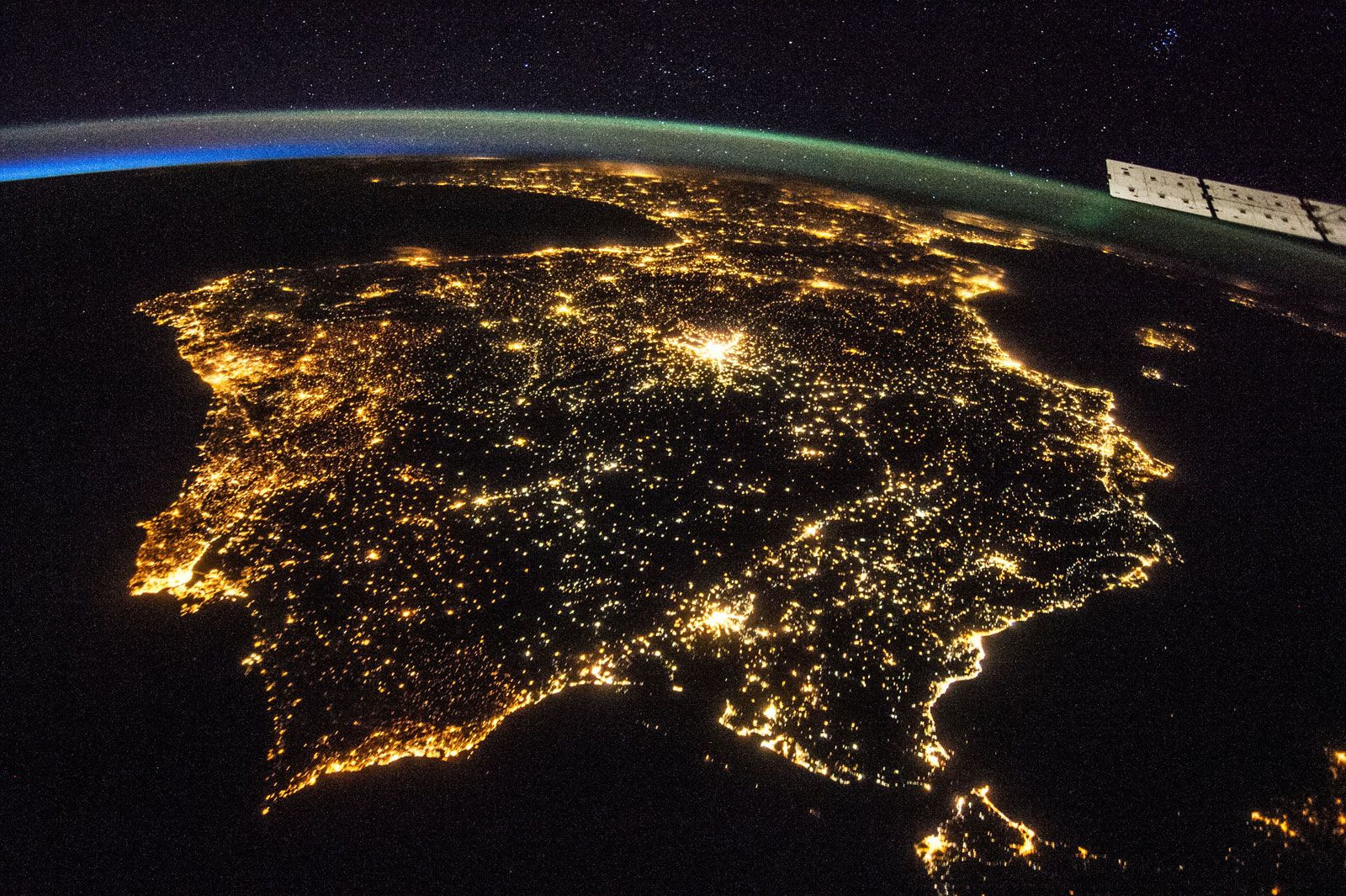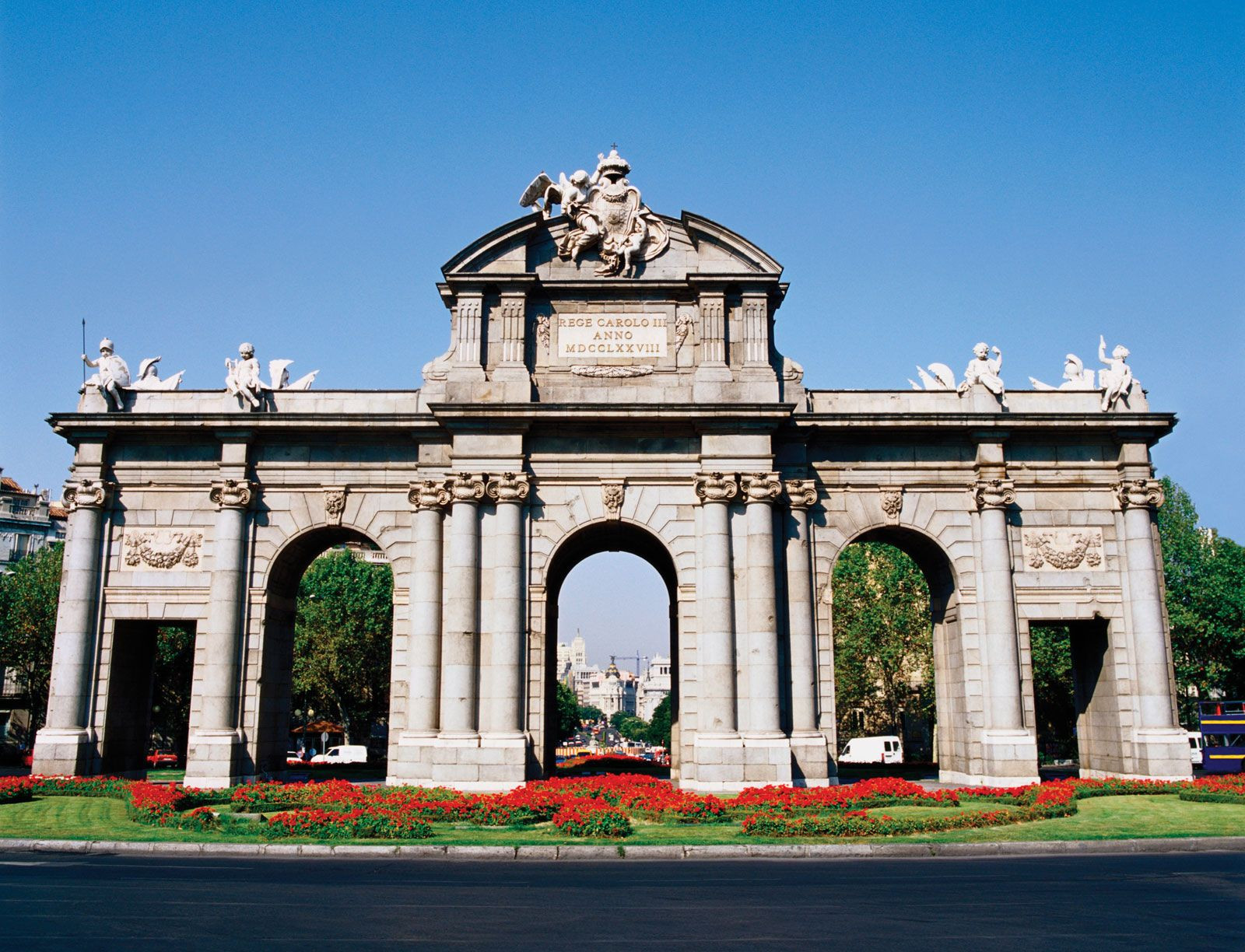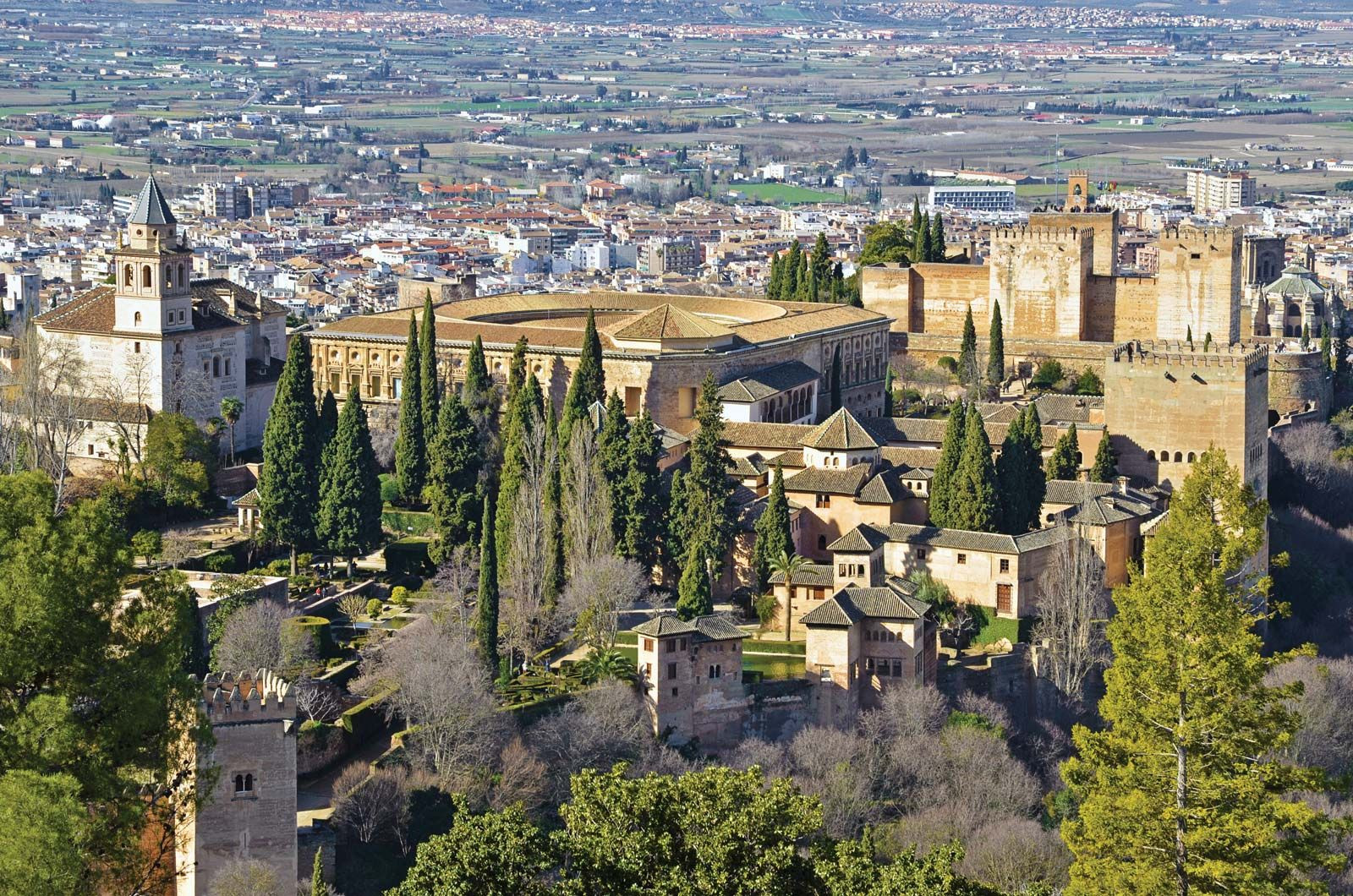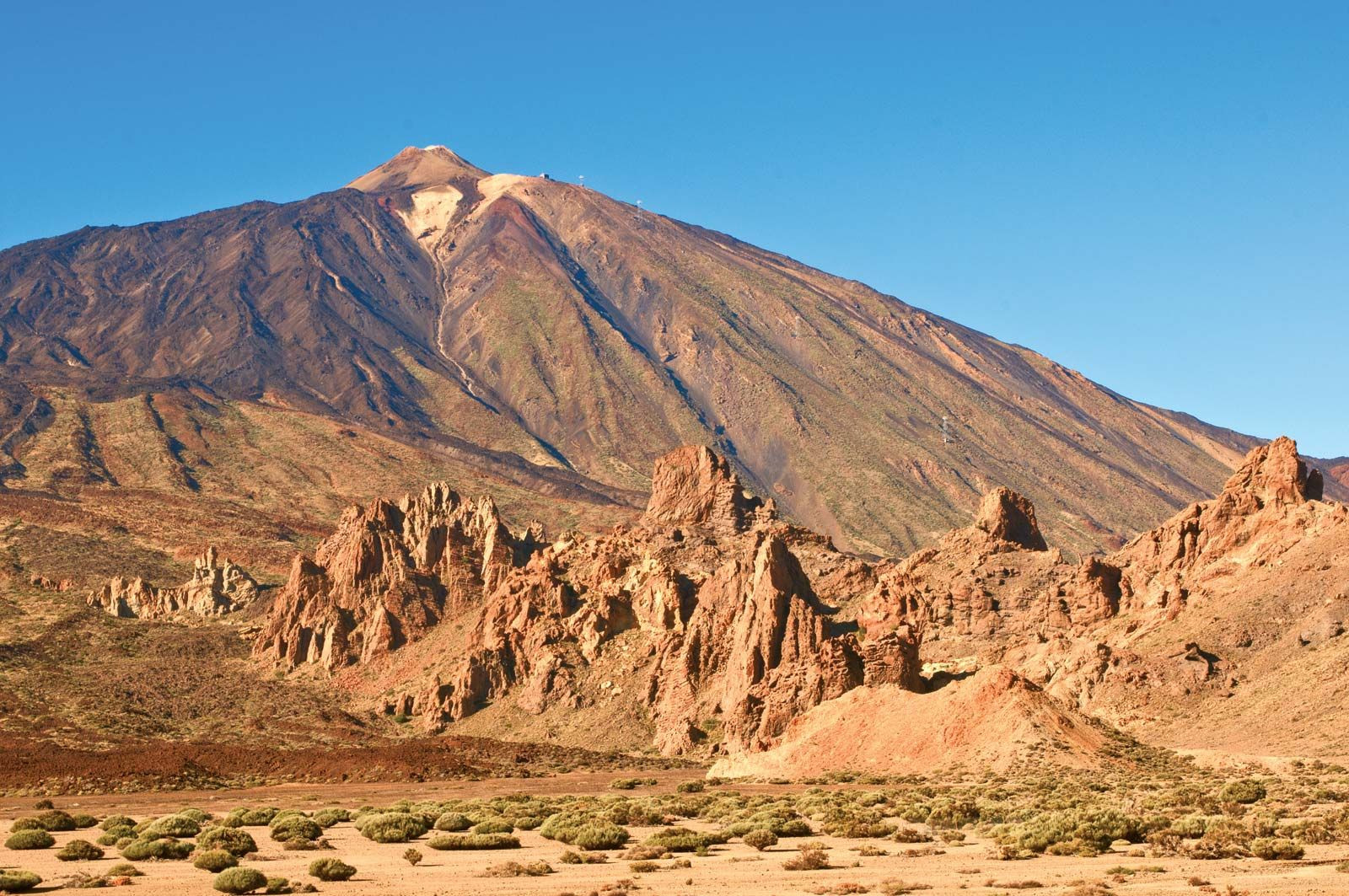Spain, a country renowned for its vibrant culture, rich history, and stunning landscapes, consistently ranks as a top travel destination globally. But Where Is Spain Located exactly? This question is fundamental to understanding its unique character, climate, and cultural influences. Nestled in southwestern Europe, Spain occupies a strategic and geographically diverse position that has shaped its identity for centuries.
To pinpoint Spain’s location, picture the Iberian Peninsula, the southwesternmost corner of Europe, where the continent meets the Atlantic Ocean and the Mediterranean Sea. Spain proudly claims approximately 85% of this peninsula, sharing it with its neighbor, Portugal. This prime location places Spain at a fascinating crossroads, bridging Europe and Africa, and enjoying both Atlantic and Mediterranean climates and coastlines.
Spain’s Precise Geographical Coordinates
Delving deeper into Spain’s location, we can identify its borders and surrounding geographical features:
- Continental Context: Spain is unequivocally part of the European continent, situated in its southwestern region.
- Iberian Peninsula: As mentioned, Spain’s mainland is primarily located on the Iberian Peninsula. This peninsula is defined by the Pyrenees Mountains to the northeast, separating it from the rest of continental Europe, and surrounded by water on almost all other sides.
- Bordering Countries: Spain shares land borders with:
- Portugal to the west, forming the longest border.
- France to the northeast, with the Pyrenees Mountains acting as a natural border.
- Andorra, a small principality nestled in the Pyrenees, also to the northeast.
- Gibraltar, a British Overseas Territory, at the southern tip of Spain.
- Coastlines: Spain boasts extensive coastlines along two major bodies of water:
- The Mediterranean Sea: Bordering Spain to the east and southeast, the Mediterranean coast is famous for its beaches, climate, and historical significance.
- The Atlantic Ocean: Washing Spain’s shores to the northwest and southwest, the Atlantic influence brings a different climate and coastal landscape.
- Bay of Biscay: An inlet of the Atlantic Ocean, lies to the north of Spain, offering a rugged northern coastline.
- Island Territories: Spain’s geographical reach extends beyond the Iberian Peninsula to include:
- The Balearic Islands: Located in the Mediterranean Sea, these islands, including Mallorca, Menorca, Ibiza, and Formentera, are popular tourist destinations.
- The Canary Islands: Situated in the Atlantic Ocean off the northwestern coast of Africa, these volcanic islands offer a unique subtropical climate.
- Ceuta and Melilla: Two autonomous cities located on the North African coast, bordering Morocco, further illustrating Spain’s complex geographical and historical connections.
 Iberian Peninsula from space: An aerial view showing the geographical shape and location of the Iberian Peninsula, where Spain is situated in Southwestern Europe.
Iberian Peninsula from space: An aerial view showing the geographical shape and location of the Iberian Peninsula, where Spain is situated in Southwestern Europe.
The Significance of Spain’s Location
Spain’s geographical location is not merely a point on a map; it is a defining factor in its history, culture, climate, and biodiversity.
A Cultural Crossroads
Spain’s position as a bridge between continents has made it a melting pot of cultures throughout history. Its proximity to Africa, its role as a gateway to the Mediterranean, and its European identity have all contributed to a rich tapestry of influences. From Roman legacies to Moorish heritage and European Renaissance, Spain’s culture reflects its diverse geographical and historical interactions.
Diverse Climate Zones
Due to its latitudinal span and varied topography, Spain experiences a range of climates. The Mediterranean coast enjoys hot, dry summers and mild, wet winters. Inland areas on the Meseta Central plateau have a continental climate with hot summers and cold winters. Northern Spain, along the Atlantic coast, has a milder, wetter climate, often referred to as oceanic. The Canary Islands boast a subtropical climate with year-round warmth, while the southern region of Andalusia even exhibits semi-arid characteristics. This climatic diversity is a direct result of Spain’s location and geographical features.
Varied Landscapes
Spain’s location contributes to its remarkably diverse landscapes. From the snow-capped Pyrenees Mountains in the north to the sunny beaches of the Mediterranean coast, and from the volcanic landscapes of the Canary Islands to the plains of the Meseta Central, Spain offers a stunning variety of natural environments. This geographical diversity makes Spain a haven for biodiversity and a visually captivating country to explore.
Exploring Spain Region by Region: A Location-Based Journey
To further understand Spain’s location, let’s explore its major regions, categorized geographically:
Northern Spain: Atlantic Charm and Pyrenean Majesty
This region, bordering the Bay of Biscay and the Pyrenees, includes areas like Galicia, Asturias, Cantabria, Basque Country, Navarre, and Aragon (partially). It’s characterized by:
- Green Landscapes: Influenced by the Atlantic, Northern Spain is often referred to as “Green Spain” due to its lush vegetation and rainfall.
- Rugged Coastline: The Bay of Biscay coast is known for its dramatic cliffs and beautiful beaches.
- Pyrenees Mountains: Forming the border with France, the Pyrenees offer stunning mountain scenery, hiking, and skiing opportunities.
- Cultural Distinctiveness: Regions like the Basque Country and Galicia have their own unique languages and cultural traditions, reflecting their historical isolation and geographical location.
Central Spain: The Heart of the Iberian Peninsula
Occupying the vast Meseta Central plateau, Central Spain includes regions like Castile and León, Castile-La Mancha, Madrid, and Extremadura. Key features include:
- High Plateau: The Meseta Central is a high, expansive plateau that dominates the geography of central Spain.
- Continental Climate: Experiencing hot summers and cold winters, this region has a more extreme continental climate compared to coastal areas.
- Historical Heartland: Central Spain is historically significant, home to Madrid, the capital, and numerous historical cities like Toledo and Segovia.
- Vast Plains and Mountains: The landscape varies from broad plains to mountain ranges like the Sierra de Guadarrama and Montes de Toledo.
 Alcazar of Toledo, Spain: A historic fortress in Central Spain, representing Spain's inland location and historical significance.
Alcazar of Toledo, Spain: A historic fortress in Central Spain, representing Spain's inland location and historical significance.
 Puerta de Alcalá, Madrid, Spain: A landmark in Spain's capital city, centrally located and a cultural hub of the country.
Puerta de Alcalá, Madrid, Spain: A landmark in Spain's capital city, centrally located and a cultural hub of the country.
 La Mancha, Spain: Typical landscape of the Meseta Central, highlighting Spain's inland plateau region.
La Mancha, Spain: Typical landscape of the Meseta Central, highlighting Spain's inland plateau region.
Southern Spain: Andalusia and Mediterranean Sunshine
Andalusia, Murcia, and Valencia comprise Southern Spain, bordering the Mediterranean Sea and the Atlantic Ocean. This region is famous for:
- Mediterranean Coastline: Boasting long stretches of sandy beaches and popular tourist resorts along the Costa del Sol and Costa Blanca.
- Warm, Sunny Climate: Enjoying hot, dry summers and mild winters, making it a year-round destination.
- Moorish Heritage: Andalusia, in particular, showcases significant Moorish architectural influences, such as the Alhambra in Granada and the Mezquita in Cordoba.
- Diverse Landscapes: From fertile coastal plains to the Sierra Nevada mountains (home to Spain’s highest peak on the mainland, Mulhacén), Southern Spain offers varied landscapes.
 Granada: Alhambra, Spain: A UNESCO World Heritage site showcasing Moorish architecture in Andalusia, Southern Spain.
Granada: Alhambra, Spain: A UNESCO World Heritage site showcasing Moorish architecture in Andalusia, Southern Spain.
 Andalusia, Spain: Typical housing in Southern Spain, illustrating the regional architecture influenced by its Mediterranean location.
Andalusia, Spain: Typical housing in Southern Spain, illustrating the regional architecture influenced by its Mediterranean location.
Island Spain: Mediterranean and Atlantic Paradises
Spain’s island territories further emphasize its diverse location:
- Balearic Islands (Mediterranean): Islands like Mallorca, Menorca, Ibiza, and Formentera are renowned for their beautiful beaches, clear waters, and vibrant nightlife, all within the Mediterranean Sea.
- Canary Islands (Atlantic): Located off the coast of Africa, the Canary Islands, including Tenerife, Gran Canaria, Lanzarote, and Fuerteventura, offer volcanic landscapes, unique flora and fauna, and a subtropical climate, making them a popular winter sun destination.
 Teide Peak, Canary Islands, Spain: Spain's highest peak located in the Canary Islands off the coast of Africa, showcasing Spain's diverse geographical reach.
Teide Peak, Canary Islands, Spain: Spain's highest peak located in the Canary Islands off the coast of Africa, showcasing Spain's diverse geographical reach.
Conclusion: Spain’s Location – A Key to its Identity
In conclusion, Spain is located in southwestern Europe, primarily on the Iberian Peninsula, a geographically strategic position that has profoundly influenced its development. Bordered by Portugal, France, and the Atlantic Ocean and Mediterranean Sea, Spain’s location is responsible for its diverse climates, varied landscapes, rich cultural history, and strategic importance throughout the ages. From the Pyrenees to the Canary Islands, understanding where Spain is located is essential to appreciating the country’s unique charm and multifaceted identity.

